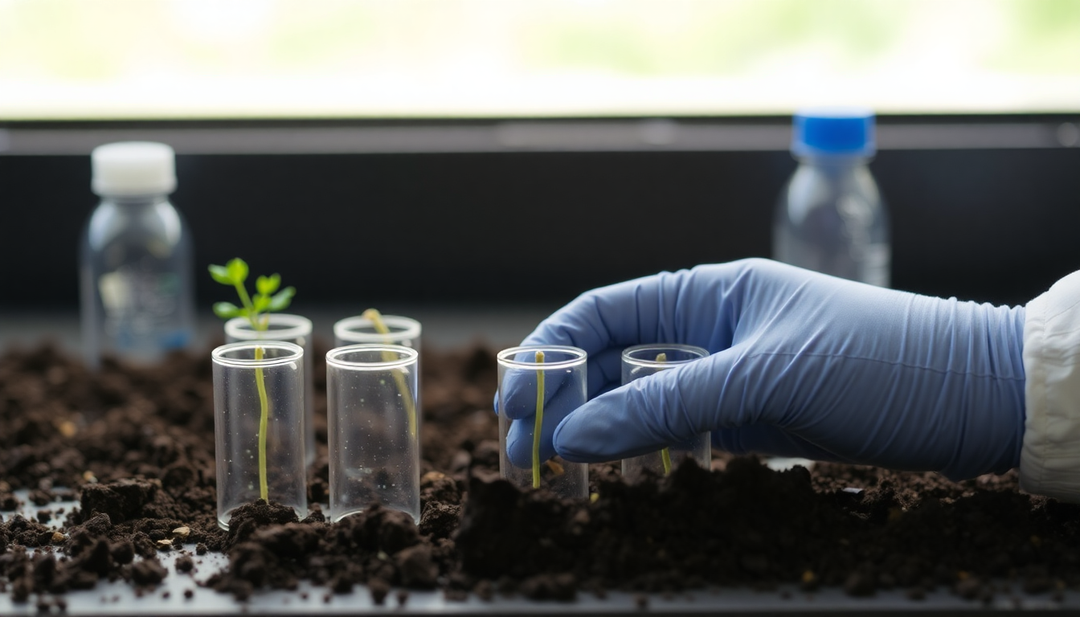Soil structure and granulometry: advantages and disadvantages

Soil structure: a key element for plant life
Soil structure—the spatial arrangement of mineral and organic particles—plays a fundamental role in plant growth and health. It directly influences porosity, permeability, aeration, water retention capacity, and nutrient availability. In other words, good soil structure is essential for productive and sustainable agriculture.
Granulometry: a classification of soil particles
Particle size is a classification of soil particles according to their size. The main categories are:
- Sand , consisting of particles measuring between 0.05 and 2 mm, provides good aeration. However, its water retention capacity is low.
- On the other hand, silt , composed of particles of 0.002 to 0.05 mm, is known for its good water retention potential. In addition, it can also retain nutrients.
- Finally, clay , which comprises particles smaller than 0.002 mm, has a very high water retention capacity. In addition, it has a large surface area for the exchange of nutrients.
The proportion of each type of particle determines the textural class of the soil (sandy, silty, clayey, etc.).
Indeed, the textural composition has a direct impact on the properties of the soil, including its drainage pattern, water retention capacity, and fertility. Therefore, in order to understand the structure of your soil, it is possible to carry out laboratory analyses.
Advantages and disadvantages of different soil structures
Sandy soil
Benefits :
- Good ventilation and drainage.
- Rapid heating in spring.
Disadvantages:
- Low water retention capacity.
- Risk of drought and nutrient leaching.
Silty soil
Benefits :
- Good ventilation and drainage.
- Good water retention arrangement.
- Ability to retain nutrients.
Disadvantages:
- May be subject to compaction.
Clay soil
Benefits :
- Strong water retention ability.
- Good fertility.
Disadvantages:
- Poor ventilation.
- Slow drainage, likely to cause blockages.
How to improve soil structure?
Indeed, soil structure is a crucial factor for plant growth. Furthermore, soil particle size, which defines the size of soil particles, directly influences its properties and ability to support plant life. Understanding the advantages and disadvantages of different soil structures therefore allows you to choose the most appropriate agricultural practices to improve health and fertility.



